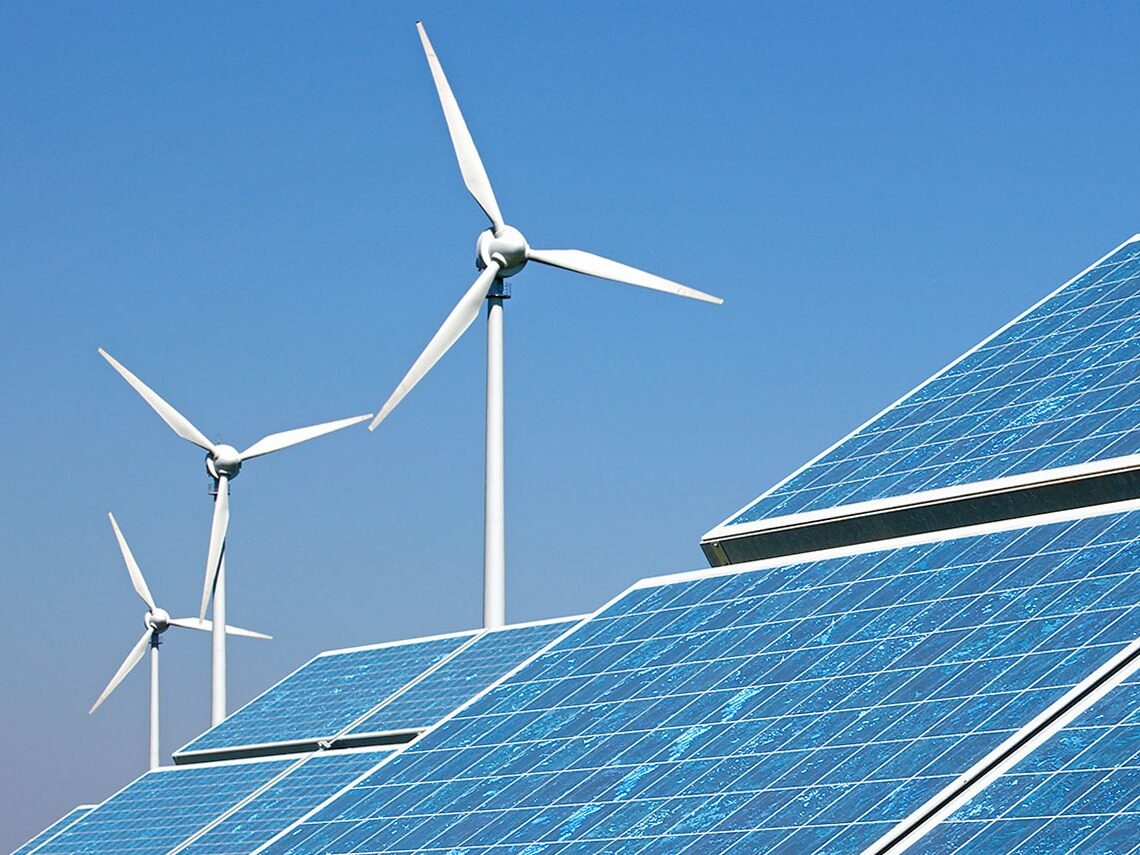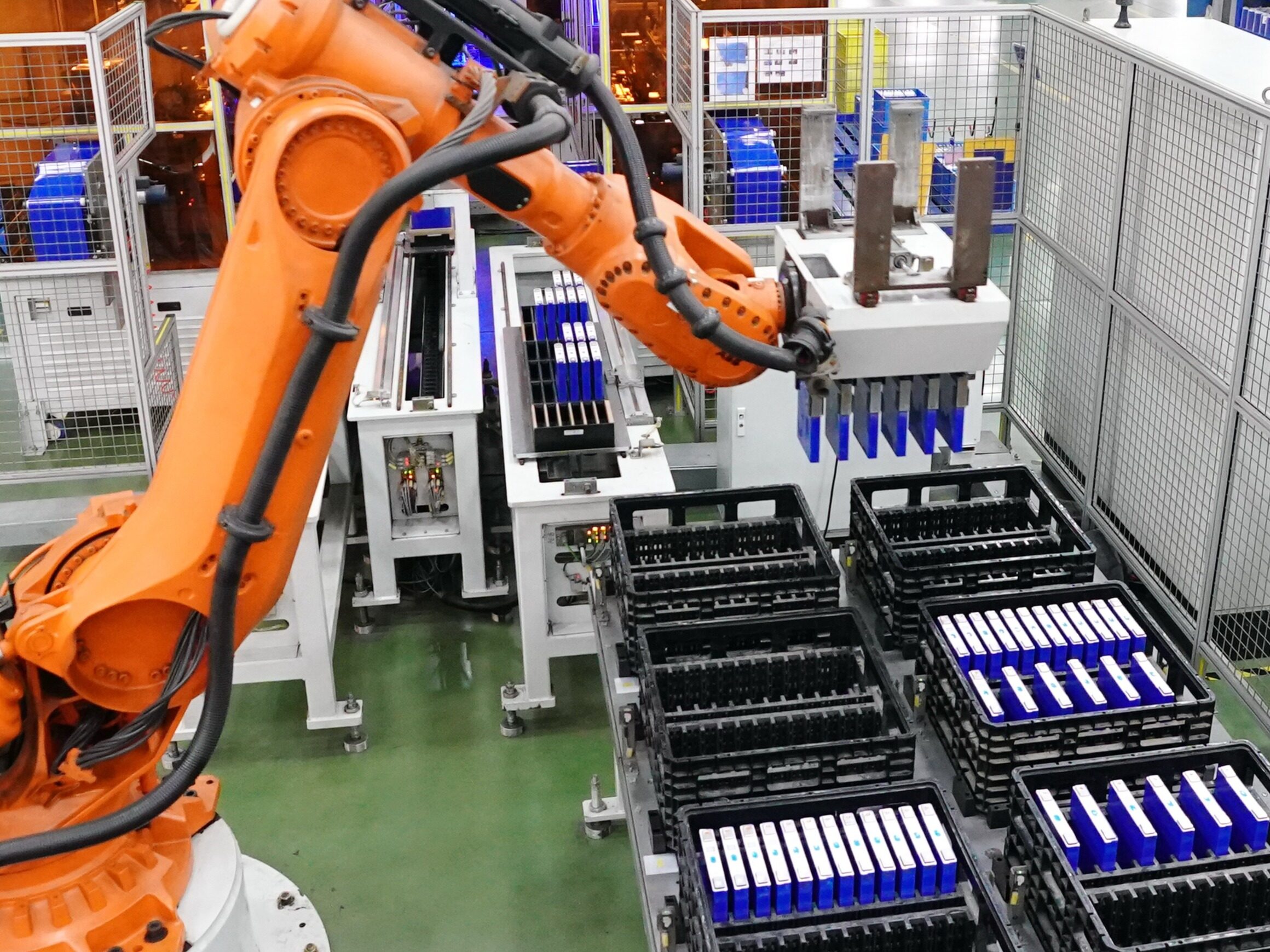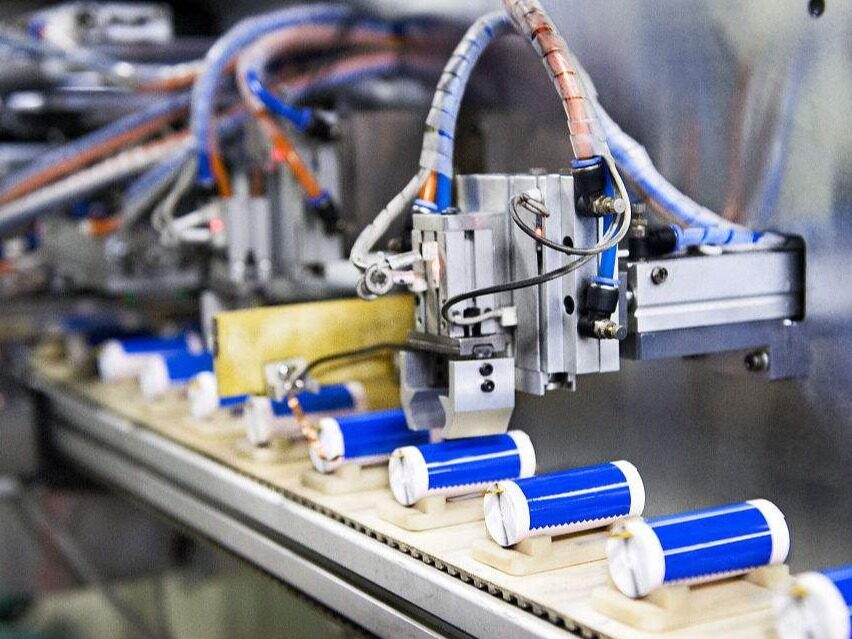
- This will undoubtedly increase the competitiveness of Russian coal in foreign markets
After the completion of the 340-kilometer second railway on the Baikal-Amur Main Line (BAM) in 2024, Russia will be able to increase its annual coal exports by 45 million tons through the Eligi and Ogoja coal mining areas. However, some experts say that this amount remains to be seen in alleviating the trans-Siberian Railway's role in transshipping containers to China.
At the beginning of April 2021, Oleg Belozerov, Director of the Russian Railways, reported to Russian President Vladimir Putin the next major phase of the reconstruction of the eastern mountains. It will take three years to start construction. It is planned to spend a total of 850 billion rubles for the construction and reconstruction of the two main lines of the Be-A Railway and the Siberian Route. Therefore, the freight volume in this direction will increase from the current 144 million tons to 2024. 180 million tons per year.
The Bayi-Arab Railway (BAM) plans to carry out the largest construction project, and for most of its length (approximately 43,000 kilometers), it is still a non-electrified single-track track. Russian Defense Minister Sergei Shoigu has ordered that the Russian Railways have begun construction of a second main road on the section between Yurak and Febralsk stations in the Amur region.

These two stations are the intersection of two railway lines. Insufficient capacity of these two railway lines will cause a large amount of coal to accumulate. A railway to Russia’s largest Erginsky coking coal deposit was laid from Urak Station, and Ogkinsky Coal Deposit is not far from Ferrarsk. The coal produced there will be exported in the ports of Vanino and Soviets in the Khabarovsk region. After the reconstruction of this section, the trunk line will be able to transport 45 million tons of cargo eastward, of which about 90% is coal.
The most important part of the reconstruction project of the Bay-Arab Railway (BAM) is an attempt to release the capacity of the Siberian trunk line to transport cargo from Asia to Europe in containers, which now mainly passes by sea through the Indian Ocean and the Suez Canal. The construction of the second branch of the Bayi-Arab Railway (BAM) should speed up the transportation of container trains on the Trans-Siberian Railway. Therefore, by 2024, Russian Railways plans to quadruple the volume of container transport by rail (approximately 1.7 million TEUs per year), and reduce the time to transport containers from the Far East to the western border of Russia to 7 days. However, even with these record numbers, the traffic volume of transportation companies on the European route is still dozens of times less.
Vladimir Savchuk, deputy director-general of the Institute for Natural Monopoly Issues (IPEM), said: “Currently, the capacity of BAM is significantly lower than that of the Siberian Railway by five to six times. In view of this, the main The transportation of goods flows through the Siberian Railway, including raw materials for export, transit container trains and perishable goods. After the development of the BAM infrastructure, it will be possible to redirect part of the freight volume and optimize logistics for many shippers.”At the same time, all coal transportation will not leave the Siberian main line: in 2020 alone, 93 million tons of coal were shipped to Far East ports, an increase of 8.2% over the same period last year. In addition, the trend of high demand for Russian coal products has continued for several times. year. Vladimir Savchuk believes: “After last year’s recession, the external price of coal continues to rise. In some ports in the east, the price is close to US$100 per ton. However, despite the fact that the world coal price affects our coal production It is attractive, but we should see the maximum carrying capacity of the Bayi-Arab Railway (BAM) and the Siberian trunk line (Transsib)".
Mr. Savchuk pointed out that the planned increase in BAM capacity by 2024 is still insufficient to transport coal, and the Transsib route will remain an important export route. He believes: "In addition, the coal processing and transshipment capacity of Khabarovsk Oblast and Primorsky Krai is actively developing, which will not only increase the load of the Bey-Arab railway (BAM), but also increase the load of the Transsib line." He added that in order to convert a larger amount of coal to be transported by the Bay-Arab Railway (BAM), it is necessary to make additional expansions.

Finam Management expert Dmitry Baranov also believes that major changes in logistics in the Eastern Mountains, including the appearance of two parallel routes (BAM for coal, Transsib for other cargo and containers) should not appear Over-expected. First of all, because "it is not yet known when BAM will begin the dual-track construction (currently it is still a single-track), and secondly, BAM has insufficient port infrastructure and is far away from the Asian market, which will increase the shipping cost of shipowners. Russian domestic consignment Most people are located near Transsib, so transferring their export goods to BAM will make their product prices uncompetitive.
It would be very advantageous if, after the second track was constructed in parallel along the entire length of the BAM, the two lines divided all available goods in this direction (including foreign trade and domestic trade). Dmitry Baranov believes: "Each route has to carry different types of goods, constantly loading, and not relying solely on one type of goods, in order to make the infrastructure on the road develop evenly." .
He does not rule out the possibility that shippers will find it more profitable to transport raw materials via Trans-Siberian Railway and transport containers via BAM. "The ideal choice seems to be that the specific transportation structure will be formed independently through the market, rather than through instructions." Dmitry Baranov (Dmitry Baranov) suggested: "The railway sector should provide shippers with various transportation conditions and tariffs so that they can choose routes that are beneficial to their cargo transportation. In this way, the transportation system will be The most effective one then only needs to be adjusted through economic measures to ensure that the loads on the two lines are equal, and to avoid deviations in the traffic volume in the direction of one of the roads." Editor/Xu Shengpeng
Comment
 Praise
Praise
 Collect
Collect
 Comment
Comment
 Search
Search














Write something~